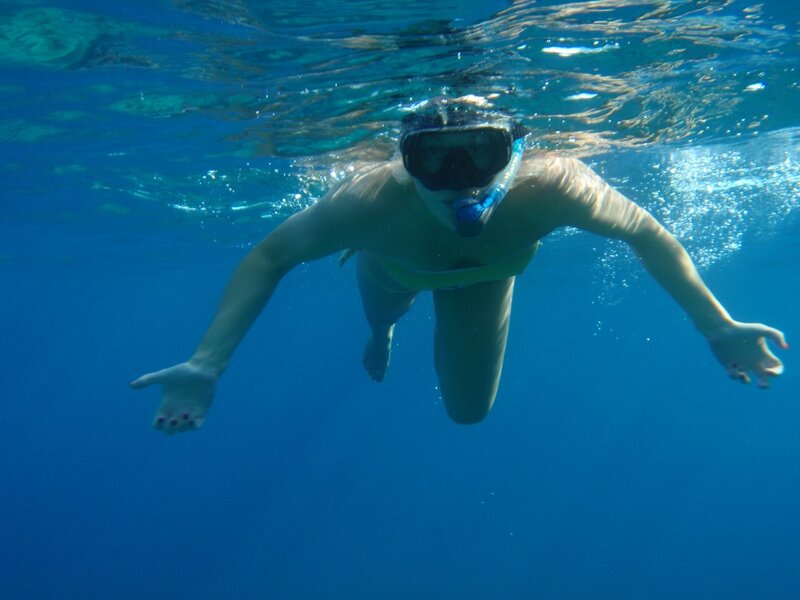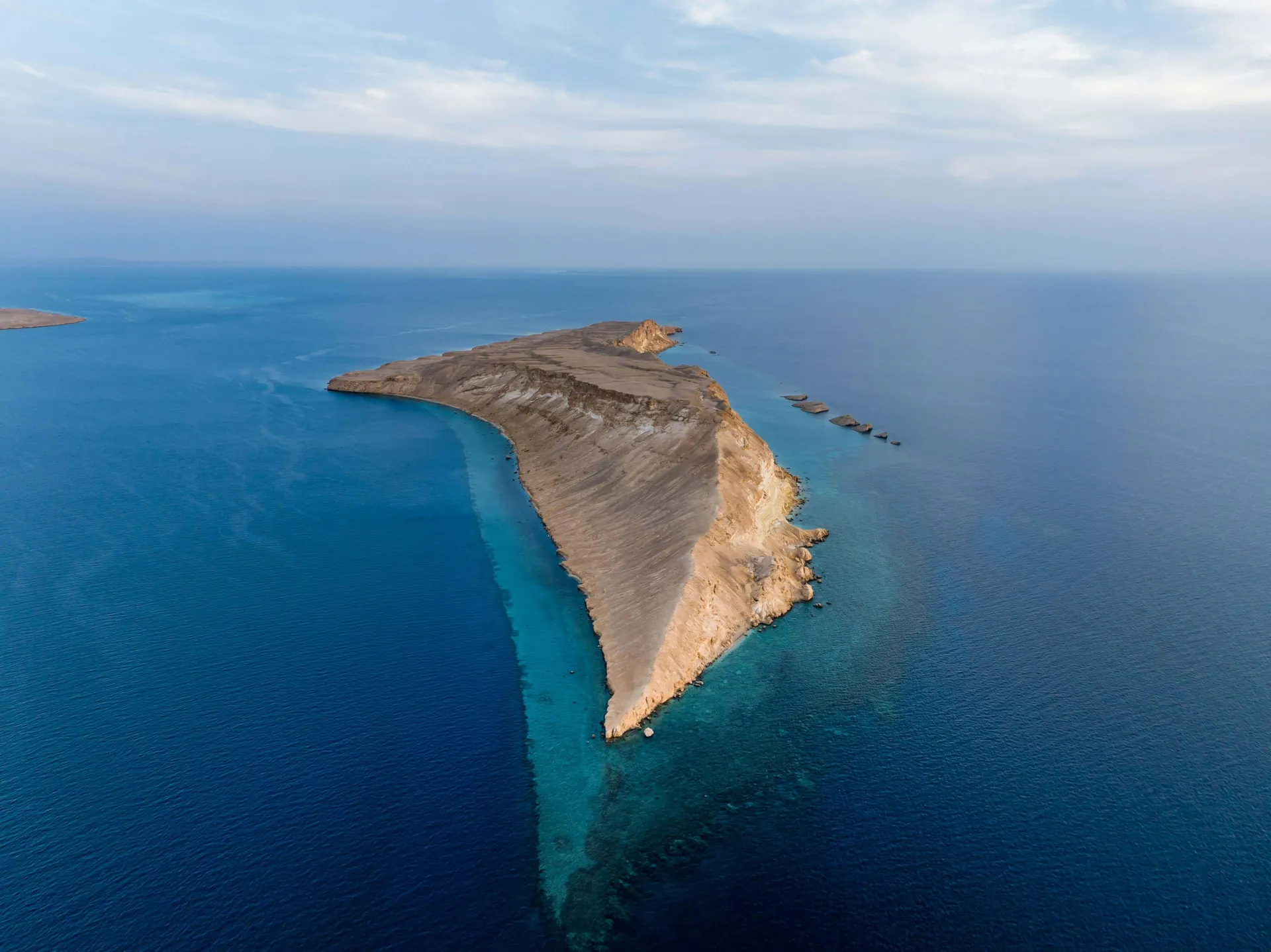The Red Sea’s Role in Ancient Trade: Ports, Legends, and Lasting Influence on Red Sea Countries
Introduction: The Red Sea as a Crossroads of Ancient Trade Routes
The Red Sea has long served as a vital artery for commerce, connecting diverse civilizations across Africa, Arabia, and the Mediterranean. Its strategic position between the continents made it an essential passage for ancient trade routes, fostering the exchange of goods, ideas, and culture. The legacy of these maritime networks still shapes Red Sea countries today, influencing both their historical narratives and modern pursuits such as Red Sea tourism. This article explores how ancient ports, legendary voyages, and enduring myths underscore the Red Sea’s pivotal role in shaping trade and society.
Ancient Ports: Gateways to Civilization
Throughout antiquity, the Red Sea’s coastline was dotted with bustling ports that served as launch points for exploration and commerce. These ancient ports enabled merchants to transport spices, incense, textiles, and precious stones between Africa, Arabia, and beyond. Many of these harbors, some now submerged or lost to shifting sands, were instrumental in the prosperity of the great civilizations that bordered the Red Sea.
Key Ancient Ports Along the Red Sea
- Berenice Troglodytica: Located on Egypt’s southern Red Sea coast, Berenice was founded by Ptolemy II in the 3rd century BCE. It became a crucial terminus for trade caravans from the Nile, facilitating commerce with India and Africa. Modern travelers can visit the region near Marsa Alam to appreciate its enduring maritime legacy.
- Myos Hormos: Another Hellenistic port, Myos Hormos (near present-day Quseir) thrived as a hub for goods destined for Roman markets. Archaeological evidence reveals amphorae, coins, and temples, attesting to its significance in the Roman Empire’s supply chain.
- Adulis: Situated in present-day Eritrea, Adulis linked the African interior with the Mediterranean world. It was a primary outlet for ivory, gold, and exotic animals and is often mentioned in ancient Greek and Roman texts.
- Leuke Kome: This Nabataean port in northwestern Arabia handled incense and spices from the Arabian Peninsula, serving as a key link between southern Arabia and the Mediterranean.
Red Sea Countries and Their Maritime Heritage
The modern Red Sea countries—including Egypt, Sudan, Eritrea, Djibouti, Saudi Arabia, Yemen, and Jordan—inherit a rich tapestry of maritime history. Ancient ports not only facilitated trade but also fostered diplomatic and cultural exchanges. Today, remnants of these harbors and their associated artifacts can be explored through sailing cruises and guided archaeological excursions.
Egypt: The Nexus of Land and Sea
Egypt’s relationship with the Red Sea has always been dynamic. Pharaohs organized expeditions from ports like Berenice and Myos Hormos, sourcing luxury goods and exotic animals for temples and palaces. The legendary voyages of Queen Hatshepsut to the “Land of Punt”—possibly modern-day Somalia or Eritrea—underscored Egypt’s dependence on maritime trade. Today, scuba diving tours and snorkeling adventures along Egypt’s coast reveal underwater remnants of this storied past.
The Arabian Peninsula: Spices and Incense
Trade from the Arabian Peninsula, especially frankincense and myrrh, reached global markets via Red Sea ports such as Leuke Kome. These routes underpinned the wealth and influence of kingdoms like Saba and Himyar. Modern-day Saudi Arabia and Yemen continue to value this heritage, with opportunities to visit historic sites and coastal cities that once thrived on maritime commerce.
Legends and Lore: Myths Born of the Red Sea
The Red Sea’s ancient trade routes not only moved goods but also inspired enduring legends. Sailors and merchants spun tales of sea monsters, lost cities, and miraculous events. The story of Moses parting the Red Sea, though rooted in religious tradition, reflects the region’s mystique and its symbolic importance as a boundary and a bridge.
The Periplus of the Erythraean Sea
This ancient Greek travelogue, written in the 1st century CE, offers a detailed account of navigation and commerce along the Red Sea and Indian Ocean. Describing ports, peoples, and products, the Periplus remains a critical source for understanding ancient maritime networks and the diversity of goods exchanged across vast distances.
Queens, Kings, and Maritime Power
Legends abound of rulers who commanded fleets to distant lands. Queen Hatshepsut’s expedition to Punt exemplifies the ambition and reach of ancient seafaring. Similarly, the Nabataeans, Romans, and Axumites all leveraged their maritime prowess to extend influence and control trade.
Exploring Ancient Trade Today: Modern Tourism and Attractions
Many sites linked to ancient Red Sea trade are now major attractions for Red Sea tourism. Visitors can explore ruins, museums, and underwater archaeological sites, or simply sail the same waters as the merchants of old. Giftun Islands, Ras Mohammed National Park, and the lively harbors of Hurghada and Sharm El Sheikh offer windows into this ancient world.
- Discover submerged ancient harbors and shipwrecks through scuba diving tours.
- Walk in the footsteps of traders at archaeological sites near Marsa Alam.
- Experience the vibrant port culture and seafood markets that echo centuries of maritime exchange.
- Learn about the region’s legends and natural history at local museums and cultural centers.
Preserving the Red Sea’s Heritage: Sustainability and Responsible Tourism
As the popularity of Red Sea tourism grows, safeguarding the region’s natural and cultural heritage is paramount. Sustainable tour operators prioritize the protection of coral reefs, marine wildlife, and archaeological treasures. Red Sea Quest is committed to sustainability efforts that ensure future generations can experience the wonders of this historic waterway.
Conclusion: The Enduring Legacy of the Red Sea’s Ancient Trade
The Red Sea’s ancient ports and trade routes laid the foundations for vibrant civilizations that continue to influence the cultures and economies of Red Sea countries. Today, travelers can retrace these historic pathways through immersive tours, archaeological explorations, and storytelling. To learn more about the region’s remarkable past and plan your own journey, explore our latest blog articles or discover a range of sailing and cruise tours curated to reveal the secrets of the Red Sea. The legacy of ancient trade awaits—start your adventure with Red Sea Quest.



